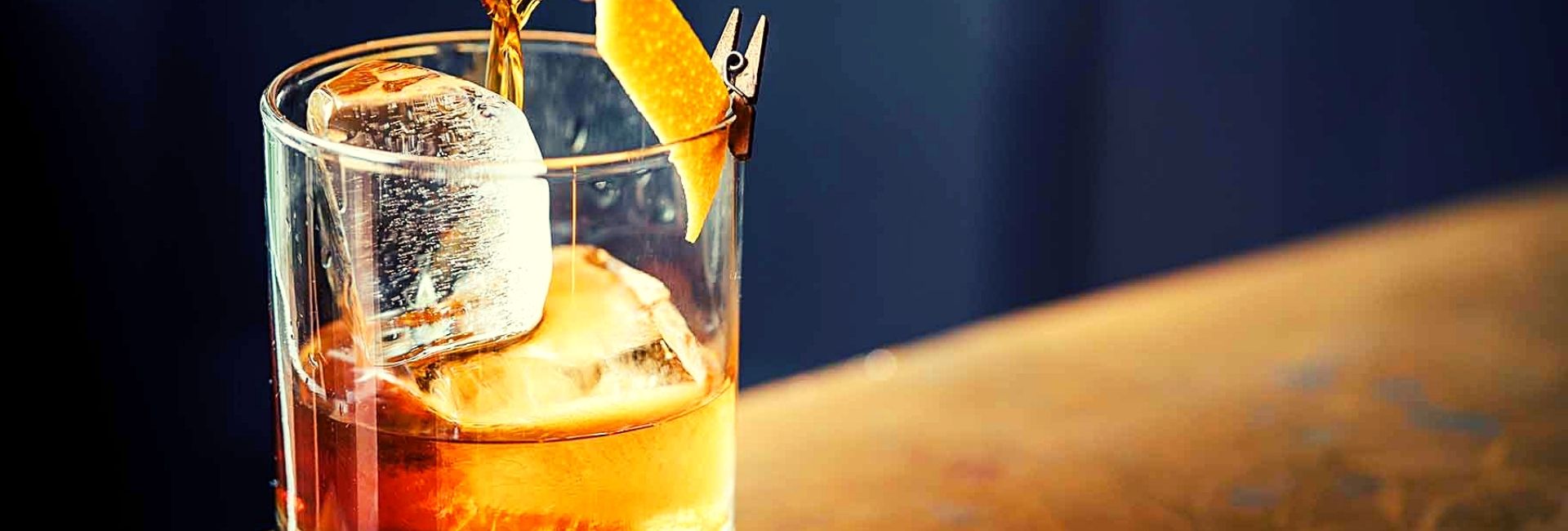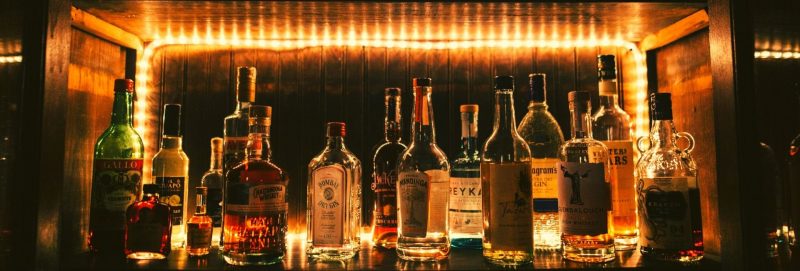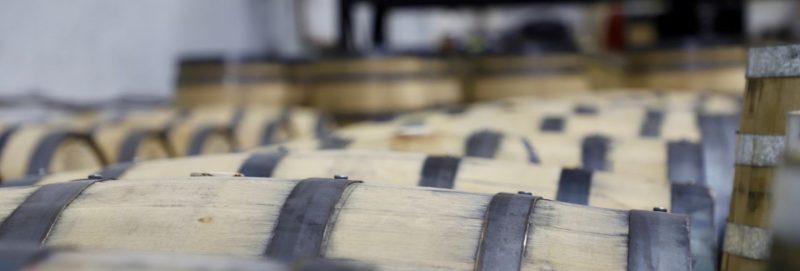Rye whiskey vs bourbon

If you enjoy drinking brown spirits, then on the surface, there might not seem like much of a difference when you compare rye whiskey vs. bourbon. They both look similar, right?
And when you break it down, bourbon is another type of whiskey. So what are the differences between rye and bourbon? Although there are some similarities, there are some key differences.
Jump to a section
Bourbon is made with a minimum of 51% corn.
One of the first key differences comes right at the start, with the basic raw materials.
The kind of grain used will be the deciding factor in what type of whiskey it is.
For it to be classified as bourbon, then the grain mixture needs to be made up of at least 51% corn. The corn is what gives the sweet flavor. On the other hand, rye whiskey can only be rye whiskey if the grain mixture is made up of at least 51% rye.
For both drinks, the remaining 49% (at the most) grain mixture is a combination of grains.
Rye whiskey production doesn’t involve sour mashing.
When you think about rye and bourbon production, the grain mixtures are ground and then mixed with water. Then for rye, the grain mixture or mash has yeast added to it to begin fermentation.
After fermentation, the liquid is distilled.
The difference with bourbon is that after the initial mixing with water, the next step is sour mashing.
This means adding in some mash that has come from a previous distillation to help the consistency. After this, bourbon follows the same fermenting process as rye.
Bourbon is aged in charred American oak barrels.
Bourbon is aged in newly charred American oak barrels. As they are new, then the barrels won’t have any colorings or additives.
To be classed as bourbon, it needs to be distilled in a barrel for at least two years.
Other whiskeys like rye don’t need to be in new barrels, although they often are. One similarity is that both drinks start clear in color and then turn darker with the caramelized sugars in the barrels over time.
Rye whiskey also needs to be distilled for two years.
Rye whiskey has a range of ABV standards.
American rye whiskey can’t be distilled higher than 160 proof.
The maximum for tenting the barrel for aging is 125 proof. Rye whiskey is then filtered and diluted with water before bottling, with a minimum of 40% ABV.
Any bottles sold as ‘barrel proof’ won’t have been diluted and will generally be a higher ABV.
It needs to be distilled the same for bourbon but needs diluting to 40% ABV precisely.


